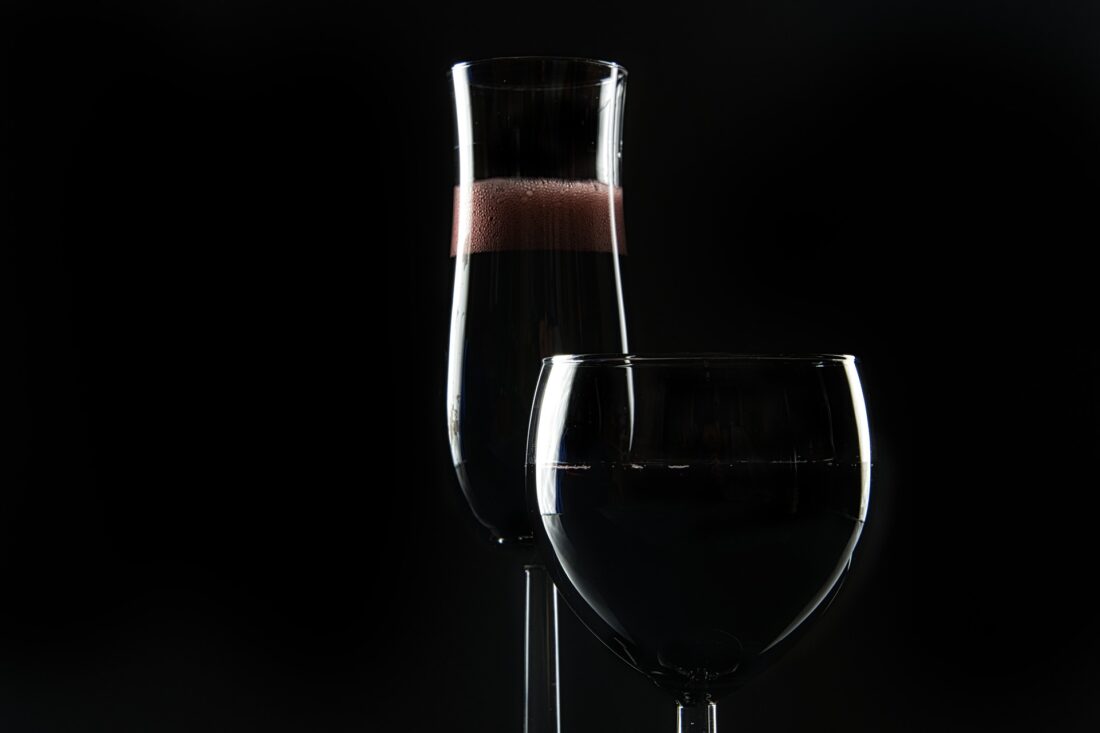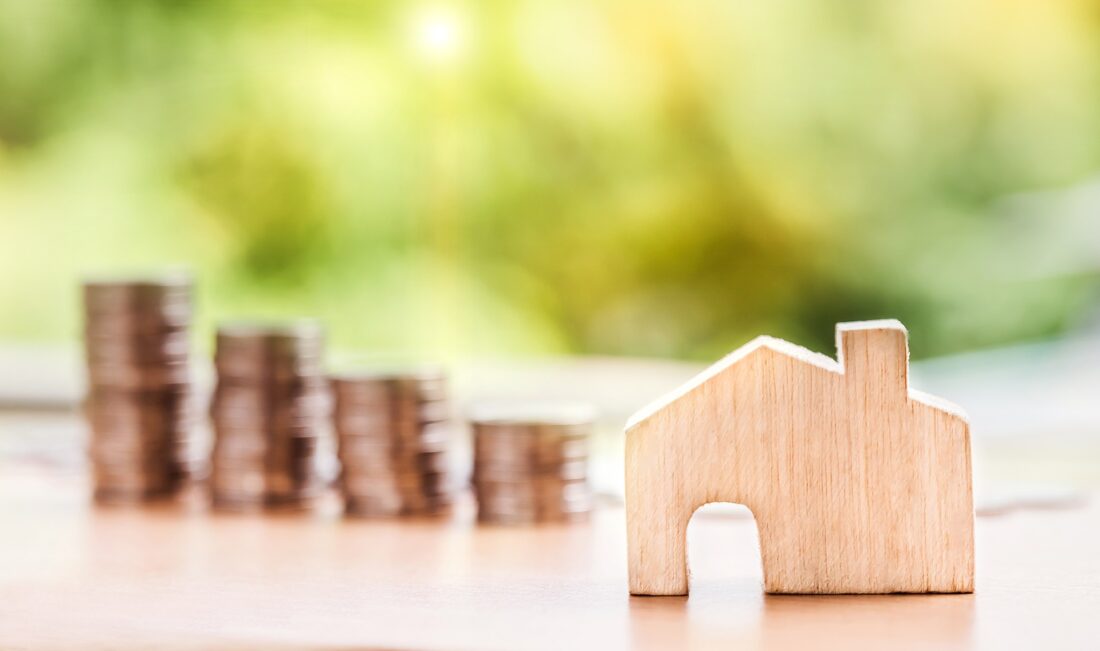 If you could stop drinking beer for a while and reset, how long would it take your body to heal?
If you could stop drinking beer for a while and reset, how long would it take your body to heal?
Many people who drink have wondered about this topic, especially when finding their drinking habits slipping beyond their control. We know about the harm alcohol can do to the body, but this often isn’t enough willpower to fuel a cold-turkey reboot, even though our bodies would thank us for it.
Here are the facts: Alcohol Use Disorder (AUD) affects over 14 million adults in the U.S. alone. Knowing this, it’s safe to assume that quitting is an incredible challenge, but a worthwhile endeavor nonetheless.
Keep reading to learn more about what happens to the body when you stop drinking beer.
What to Expect When You Stop Drinking Beer
Whether you’re a recovering alcoholic or just a semi-regular beer drinker, you might notice some significant changes in your body as well as your mood when you stop drinking beer. Depending on your previous intake, these will vary in levels of intensity.
1-14 Days After Quitting
The first two weeks after you stop drinking beer are said to be the most difficult. This is because the body begins going through an acute withdrawal phase, with symptoms that might make you want to abandon your sobriety goals.
Here are some common symptoms of alcohol withdrawal:
- Insomnia and/or trouble sleeping through the night
- Problems with sexual function and performance
- Irritability
- Anxiety/nervousness
- Depression
- Intense cravings
Symptoms of alcohol withdrawal can start within 6 hours of having your last drink. They might also last well beyond 14 days. Again, this depends on how much you were drinking before, and your individual body’s ability to heal.
30+ Days After Quitting
Once you’ve passed the first two weeks when you stop drinking beer, the positive changes start to take effect. Your body completes the initial detoxification stage and begins to heal.
You can expect the following effects:
- Steady reversal of liver damage
- Decreased risk of cancer and cardiovascular disease
- Improved cognitive abilities
- Weight loss
The good news is this: many of the negative effects of drinking are reversible. Once you can stop drinking beer, your body is able to heal itself.
Will I Lose Weight if I Stop Drinking Beer?
When compared to hard liquor, beer has a higher tendency to affect your body weight. This is due to it generally being a more calorie-packed drink than most hard liquors.
With that in mind, the short answer here is yes, you will lose weight when you stop drinking beer. However, it’s important to maintain a healthy diet with a moderate calorie intake, as well as get plenty of exercise. If you replace those excess calories by eating more, for example, then you may not experience any weight loss at all.
Knowing When to Quit
The pleasures of drinking beer are undeniable, but too much of a good thing can be harmful. It’s important to evaluate the role of beer in your life and how it has affected your health. Now that you know more about what to expect when you stop drinking beer, quitting can be that much easier.
For more health and fitness topics, please see our other articles.

